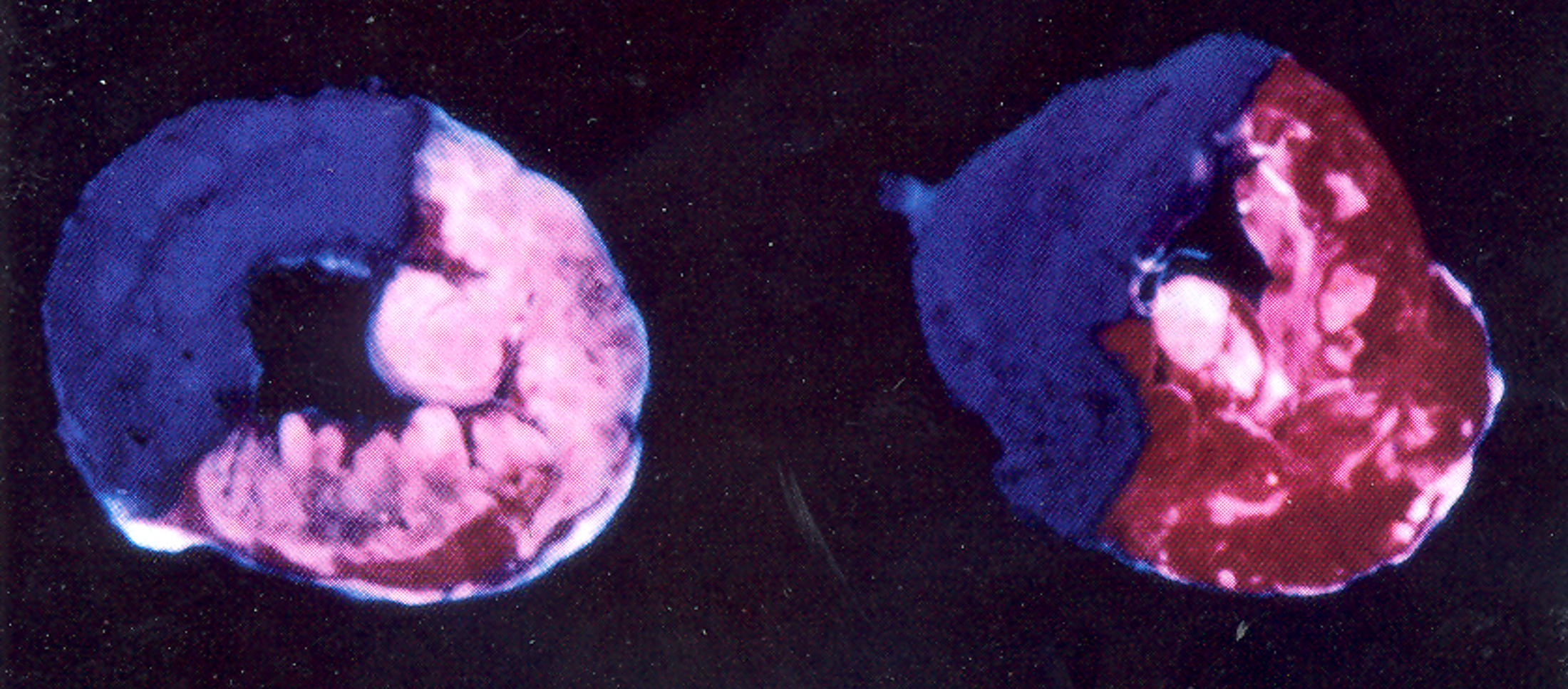BACKGROUND: Tadalafil is a long-acting phosphodiesterase-5 inhibitor (PDE-5i) indicated for erectile dysfunction (ED).
HYPOTHESIS: Our hypothesis was that tadalafil will reduce the risk of major adverse cardiovascular events (MACE: composite of cardiovascular death, myocardial infarction, coronary revascularization, unstable angina, heart failure, stroke) and all-cause death in men with ED.
METHODS: A retrospective observational cohort study was conducted in a large US commercial insurance claims database in men with a diagnosis of ED without prior MACE within 1 year. The exposed group (n = 8156) had ≥1 claim for tadalafil; the unexposed group (n = 21 012) had no claims for any PDE-5i.
RESULTS: Primary outcome was MACE; secondary outcome was all-cause death. Groups were matched for cardiovascular risk factors, including preventive therapy. Over a mean follow-up of 37 months for the exposed group and 29 months for the unexposed group, adjusted rates of MACE were 19% lower in men exposed to tadalafil versus those unexposed to any PDE-5i (hazard ratio [HR] = 0.81; 95% confidence intervals [CI] = 0.70-0.94; p = .007). Tadalafil exposure was associated with lower adjusted rates of coronary revascularization (HR = 0.69; 95% CI = 0.52-0.90; p = .006); unstable angina (HR = 0.55; 95% CI = 0.37-0.81; p = .003); and cardiovascular-related mortality (HR = 0.45; CI = 0.22-0.93; p = .032). Overall mortality rate was 44% lower in men exposed to tadalafil (HR = 0.56; CI = 0.43-0.74; p < .001). Men in the highest quartile of tadalafil exposure had the lowest rates of MACE (HR: 0.40; 95% CI: 0.28-0.58; p < .001) compared to lowest exposure quartile.
CONCLUSION: In men with ED, exposure to tadalafil was associated with significant and clinically meaningful lower rates of MACE and overall mortality.


